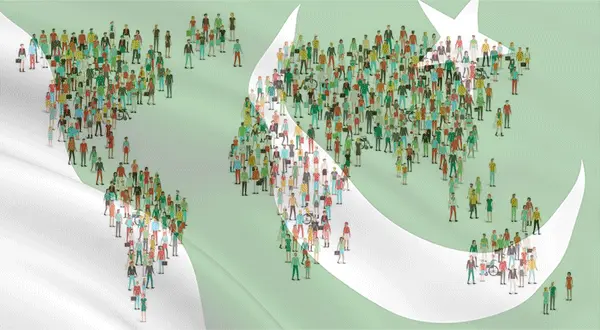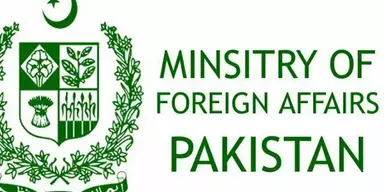Another achievement has got by the Green Country from the end of the list. The recently released report The Human Capital Report 2016 by the World Economic Forum clearly stating that Pakistan is best at wasting talent and resources. The way of indexing by WEF is reasonable that is based on education, employment and workforce dynamics and in all these sectors, over performance is unluckily very miserable.
In term of education, we have a lot of universities with low-quality education (not same for all universities operating in Pakistan), the rate of unemployment is very high, and it is increasing and in term of the workforce, we also have unprofessional and unskilled people in the line. All these factors collectively make the justification for Pakistan be listed among the fifteen worst countries for human capital.
Pakistan is at 118th position in the list of 130 countries. Since the year 2013, Pakistan is gradually getting the worse position. In the year 2013-14, it was ranked 112 on the list of 122 and dropped to 113 out of 124 countries in the year 2014-15.
Why is Pakistan Continuously Dropping in the Annual Report?
According to WEF, Pakistan is facing the worst situation because of poor performances on educational outcomes throughout all the Age Group pillars and despite a comparatively high tertiary attainment rate among the former’s older population. The youth literacy rate in the country is 75% that is far behind other emerging markets at well at its own lower middle-income group’s average.
Pakistan Rank in Human Capital Report 2016 – 118
Overall Index – 53.10
0-14 Age Group Score/Rank – 67.16/112
15-24 Age Group Score/Rank – 51.29/118
25-54 Age Group Score/Rank – 48.15/118
55-64 Age Group Score/Rank – 50.85/113
65 and Over Age Group Score/Rank – 39.13/112

Here is the methodology used by WEF:
The Human Capital Index is among the set of knowledge tools provided by the World Economic Forum as part of its System Initiative on Education, Gender, and Work. The System Initiative produces analysis and insights focused on forecasting the future of work and skills across countries and industry sectors as well as best practices from businesses that are taking the lead in addressing skills gaps and gender gaps. The System Initiative also creates dialogues and public-private collaboration on education, gender, and work in several regions of the world and within industry groups.
The Human Capital Index ranks 130 countries on how well they are developing and deploying their human capital potential. The Index assesses Learning and Employment outcomes on a scale from 0 (worst) to 100 (best) across five distinct age groups to capture the full demographic profile of a country:
- 0–14 years – the youngest members of the population for whom education is assessed among the most critical factors
- 15–24 years – youth for whom factors such as higher education and skills use in the workplace are assessed
- 25–54 years – the bulk of the labor force, for whom continued learning and employment quality are assessed
- 55–64 years – the most senior members of most workforces for whom attainment and continued engagement are assessed
- 65 and over years – the oldest members of the population, for whom both continued opportunity and health are assessed.















